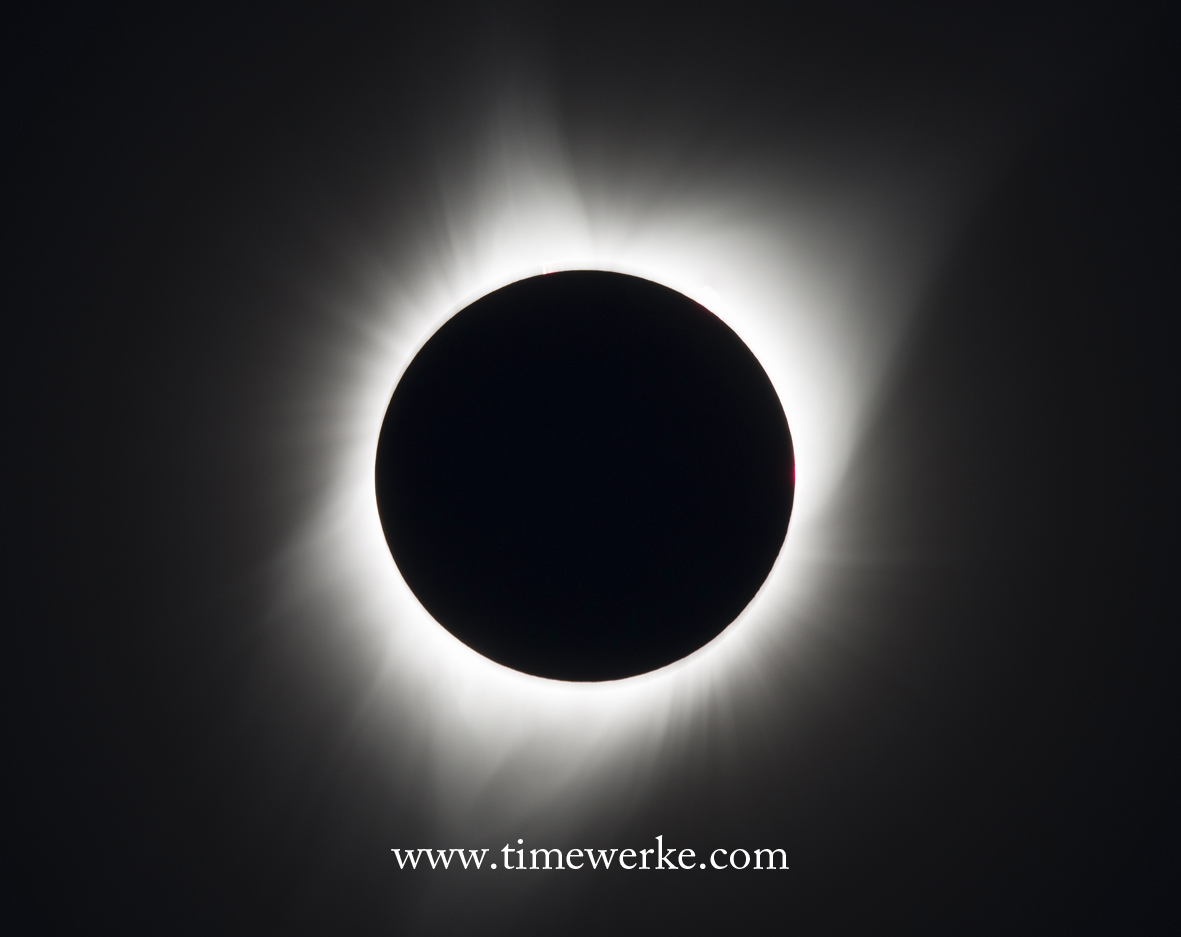
A total solar eclipse as seen on Monday, August 21, 2017 above Madras, Oregon. A total solar eclipse swept across a narrow portion of the contiguous United States from Lincoln Beach, Oregon to Charleston, South Carolina. A partial solar eclipse was visible across the entire North American continent along with parts of South America, Africa, and Europe. Photo Credit: (NASA/Aubrey Gemignani)
We all know that the Sun rises from the east and sets in the west.
This is because Earth rotates around its own axis eastwards. Similarly, the Moon orbits around Earth from west to east.
So why does the solar eclipse move from west to east? In other words, why does the Moon and its shadow, move eastwards rather than westwards?
Do view this video from NASA that shows the animation of the Moon’s shadow moving from west to east during the solar eclipse on 21 August 2017:
From the above NASA video, one can observe that the path of totality includes Casper which is where Robert Crifasi obtained his superb photo of the total solar eclipse as seen in the article: Total Solar Eclipse on 21 August 2017: An experience in totality.
As explained on space.com, the Moon moves to the east in its orbit at about 3,400 km per hour. Earth rotates to the east at 1,670 km per hour and the lunar shadow moves to the east at (3,400 less 1,670) = 1,730 km per hour near the Equator.
You cannot keep up with the shadow of the eclipse unless you travelled at Mach 1.5 or 50% faster than the speed of sound which is around 1,838 km per hour.
In other words, because the Moon is moving faster than Earth eastwards, its shadow will move from west to east.
Another YouTube video we recommend that explains the Moon’s shadow moving from west to east during the solar eclipse comes from Free School:
